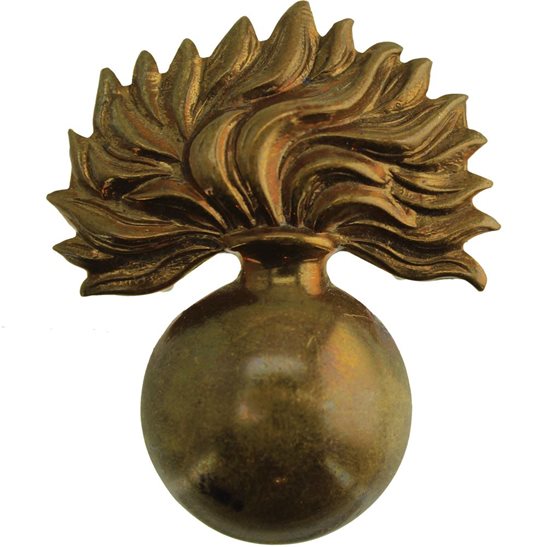Personal Details
Born: 14th November 1891 in Oswestry, Shropshire.
Family: Herbert was the youngest, probably of four children, born to John and Elizabeth Roberts. In 1920 he married Ethel Brereton at Nantwich, Cheshire. They went on to have seven children together, Herbert J, Vera J, Ivy B, Alan, Hazel J, John K and Barbara M.
Residence: By 1901 the family had moved to Whitchurch and were living in Greenfield Cottages, Alkington Road, Whitchurch. Ten years later Herbert was a living-in servant at Blackoe Farm, Whitchurch. His address at the time of his attestation in 1915 was 18 Highgate, Whitchurch but this had changed by the time of the 1919 Absent Voters’ list to 33A High Street. In 1939 Herbert, Ethel and family were all living at 33 Osborne Grove, Shavington, Nantwich, Cheshire.
Employment: In 1911 he was a cowman and still doing the same job when he enlisted in 1915. By 1939 he was employed as a railway capstan man.
Died: The most probable death for Herbert is one registered in the first quarter of 1957 at Crewe, Cheshire.
Military Details
Regiment: Grenadier Guards
Rank: Guardsman
Service Number: 26444
Date of Enlistment: 12 December 1915
Date of Discharge: 31 March 1920
Reason for Discharge: Demobilisation
Other Information: Served in France from 19 Jan 1917 to 5 Dec 1918. In April 1918 Herbert was reported missing and his family informed the following month. In August he was reported as a prisoner of war in Friedrichsfeld, Germany.
Slight discrepancies in date of birth between documents but they all appear to refer to the same person.
Herbert was awarded the Campaign Medals (British War Medal and Victory Medal)

The British War Medal (also known as 'Squeak') was a silver or bronze medal awarded to officers and men of the British and Imperial Forces who either entered a theatre of war or entered service overseas between 5th August 1914 and 11th November 1918 inclusive. This was later extended to services in Russia, Siberia and some other areas in 1919 and 1920. Approximately 6.5 million British War Medals were issued. Approximately 6.4 million of these were the silver versions of this medal. Around 110,000 of a bronze version were issued mainly to Chinese, Maltese and Indian Labour Corps. The front (obv or obverse) of the medal depicts the head of George V. The recipient's service number, rank, name and unit was impressed on the rim.
The Allied Victory Medal (also known as 'Wilfred') was issued by each of the allies. It was decided that each of the allies should each issue their own bronze victory medal with a similar design, similar equivalent wording and identical ribbon. The British medal was designed by W. McMillan. The front depicts a winged classical figure representing victory. Approximately 5.7 million victory medals were issued. Interestingly, eligibility for this medal was more restrictive and not everyone who received the British War Medal ('Squeak') also received the Victory Medal ('Wilfred'). However, in general, all recipients of 'Wilfred' also received 'Squeak' and all recipients of The 1914 Star or The 1914/1915 Star (also known as 'Pip') also received both 'Squeak' and 'Wilfred'. The recipient's service number, rank, name and unit was impressed on the rim.

